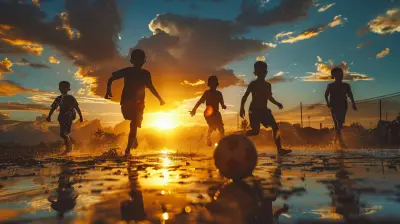The Rise of Esports: How It Became a Global Phenomenon
16 August 2025
If you asked someone 20 years ago what they thought about video games becoming a legitimate sport, they’d probably laugh at the idea. Fast forward to today, and esports has exploded into a multi-billion-dollar industry, captivating millions of fans worldwide. But how did we even get here? How did something that started with a couple of gamers in their basements turn into packed stadiums and global sponsorships? Well, let me walk you through the rise of esports and how it became the cultural juggernaut it is today.
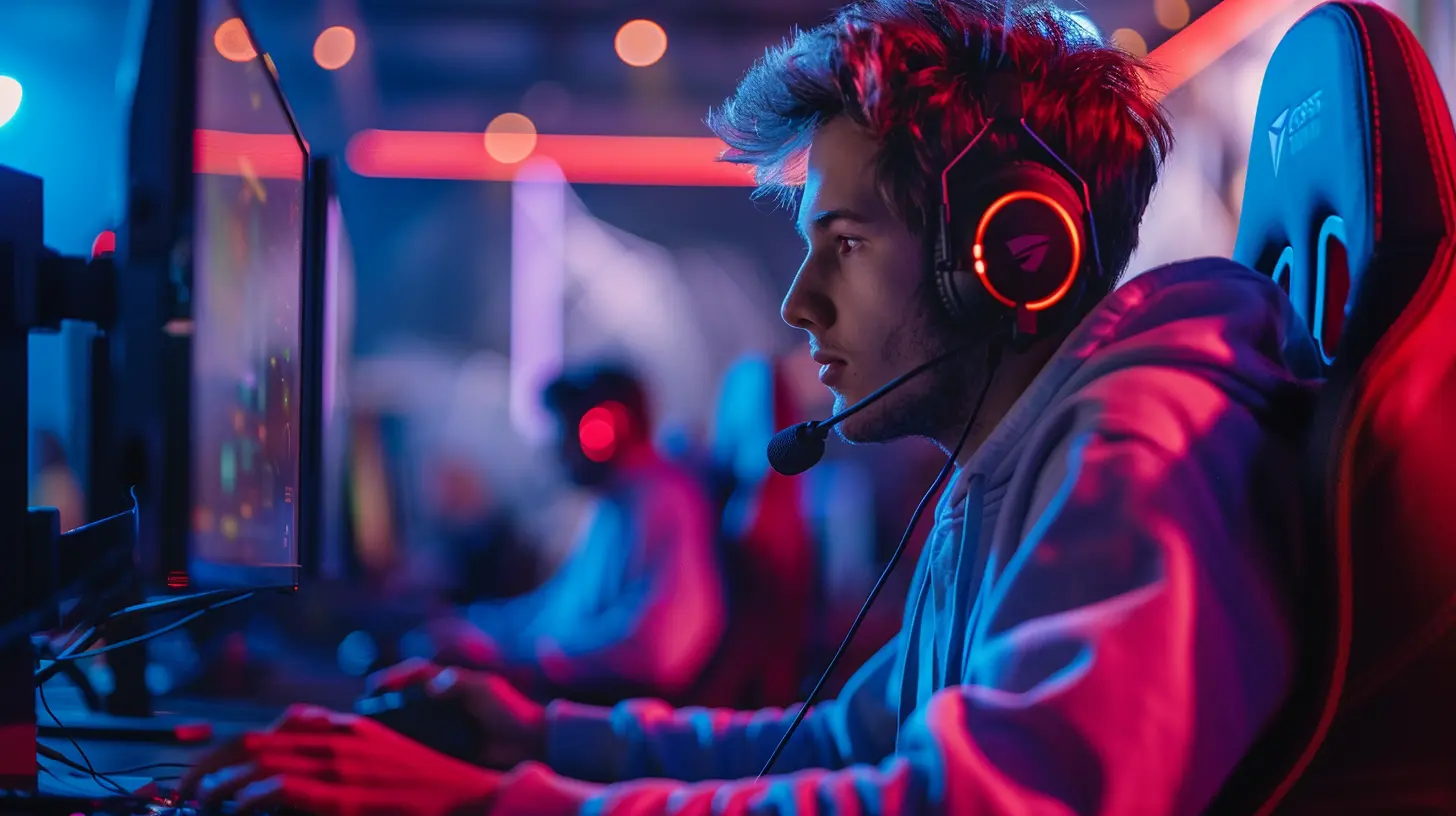
The Early Days: Humble Beginnings
The story of esports starts like many great things — small and under the radar. In the late '90s and early 2000s, competitive gaming was more of a niche community. Groups of friends would gather in LAN (Local Area Network) parties, connecting their PCs together to compete in games like StarCraft, Quake, and Counter-Strike. It wasn’t glamorous, and it definitely wasn’t mainstream, but it was the foundation of something much bigger.These early tournaments were largely grassroots efforts — organized by the players themselves or small gaming communities. The prize pools? Not even close to what we see today. If you were lucky, you might walk away with some tech gadgets or a few hundred bucks. But, even then, the competitive spirit was alive and well. Players weren’t in it for the money; they were in it for the bragging rights.
The First Major Breakthrough
While small tournaments were popping up here and there, the first major breakthrough for esports came in 1997 with The Red Annihilation Tournament. This Quake competition saw over 2,000 participants battle it out for a grand prize — a Ferrari! Yes, a Ferrari. This was one of those moments where people started to realize, “Hey, this could be something bigger.”From there, we saw the emergence of more formalized competitions like the Cyberathlete Professional League (CPL), which helped legitimize esports as more than just a hobby. Sure, it was still niche, but you could feel the momentum starting to build.
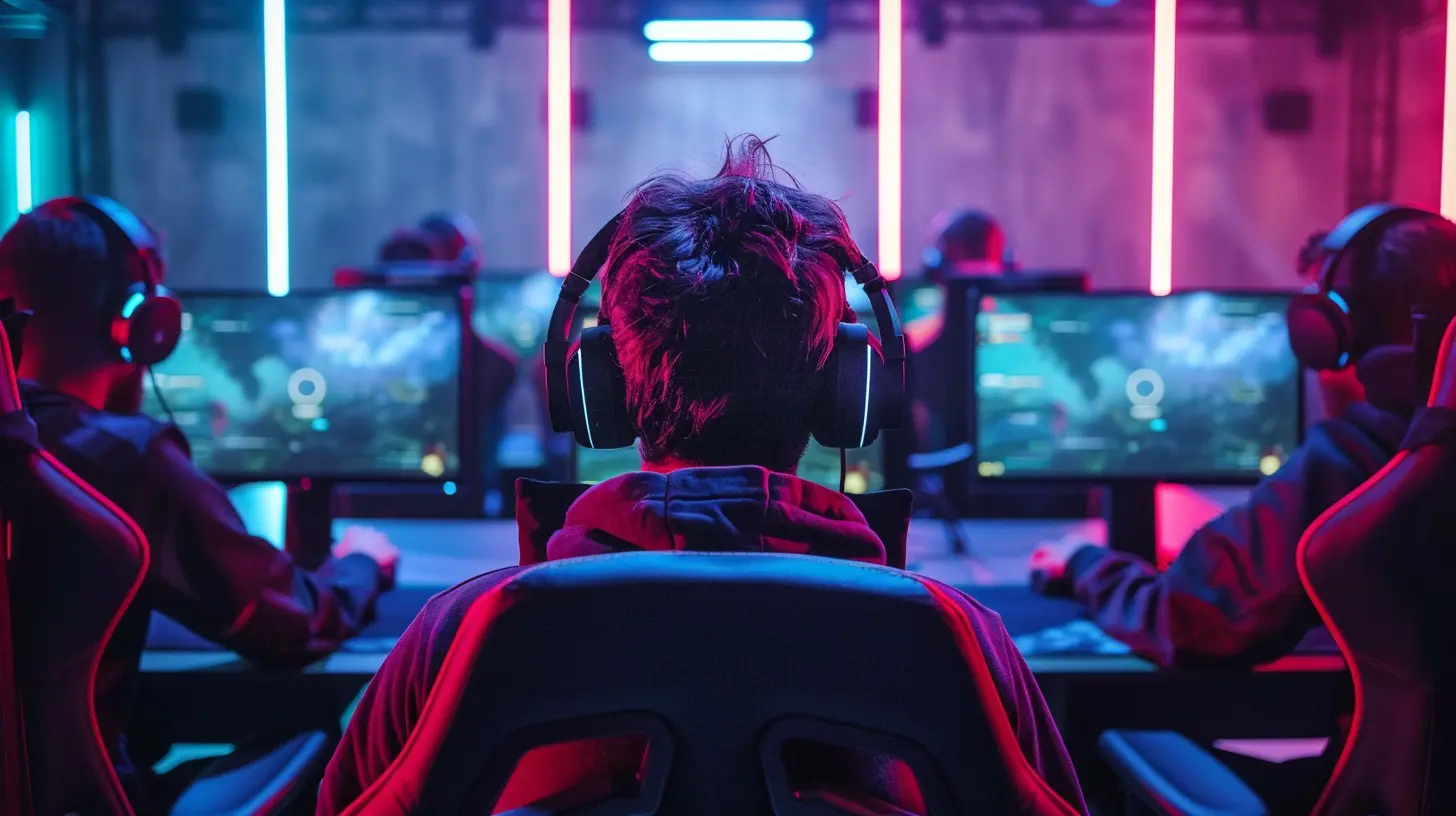
The Internet Revolution: A Game-Changer
Enter the internet. I mean, what hasn't the internet revolutionized, right? But for esports, it was a total game-changer. With the rise of broadband internet in the early 2000s, players no longer had to be in the same room to compete. Suddenly, you could face off against someone halfway across the world from the comfort of your own home.This opened the floodgates for online gaming communities and tournaments. Games like StarCraft in South Korea became massive hits, with entire TV channels dedicated to broadcasting matches. South Korea, in particular, was way ahead of the curve in embracing esports as a legitimate sport. Players were treated like celebrities, and stadiums filled with fans eager to watch StarCraft pros duke it out. This was the beginning of esports becoming a spectator sport.
The Birth of Streaming Platforms
But what really took esports to the next level was the birth of live streaming platforms like Twitch. Launched in 2011, Twitch allowed gamers to broadcast their gameplay to a global audience in real-time. Suddenly, esports wasn’t just about playing the games; it was about watching them.Fans could now tune in to watch their favorite players and teams compete in tournaments or even just casually stream their practice sessions. It created a new level of engagement. Players weren’t just athletes; they became personalities, influencers, and entertainers. This blurred the lines between traditional sports and esports, making it more accessible and relatable to audiences.
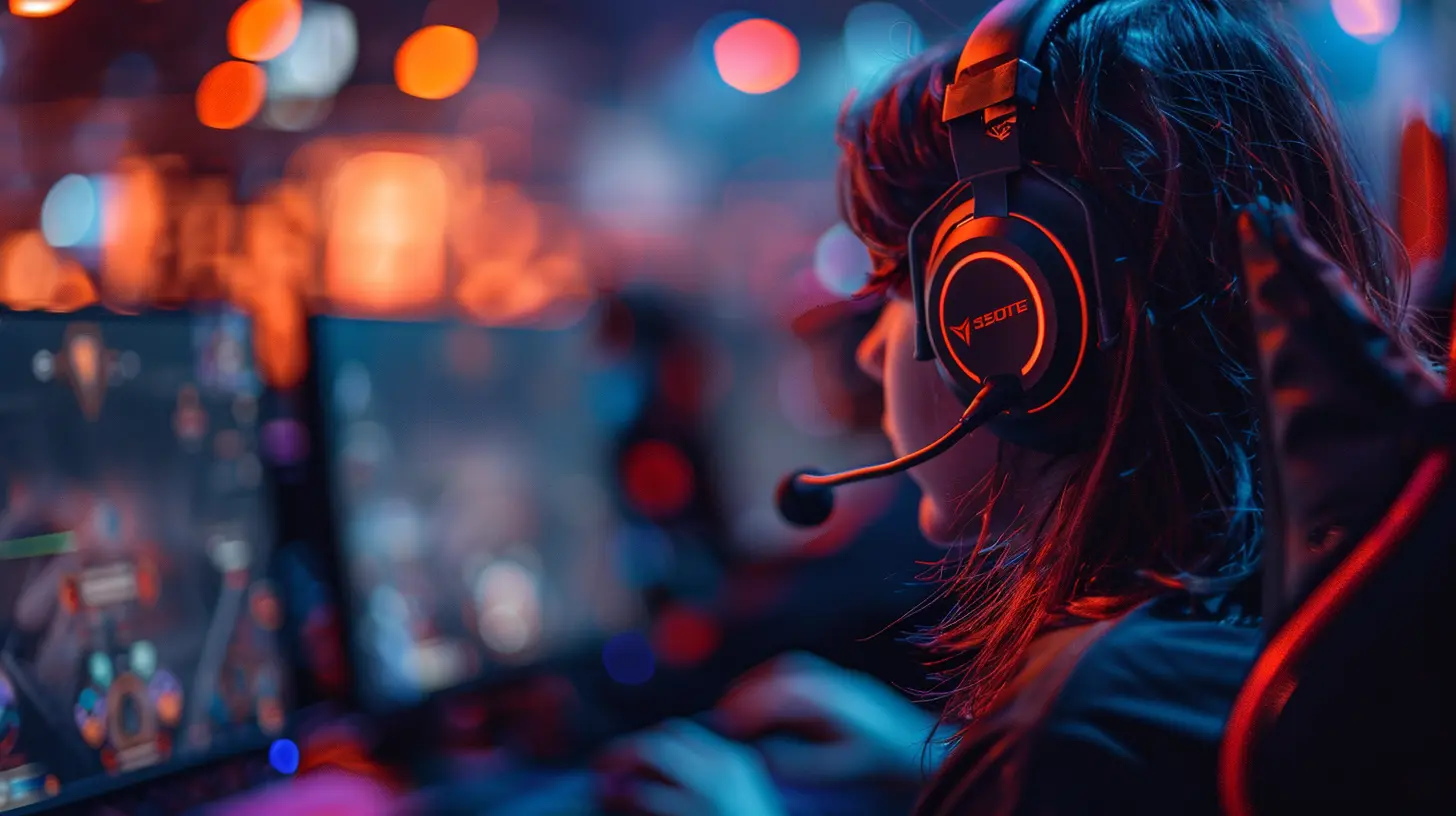
Esports Goes Mainstream: The Turning Point
The 2010s were a golden era for esports. The rise of popular titles like League of Legends, Dota 2, and Counter-Strike: Global Offensive (CS:GO) brought esports into the mainstream.One of the clearest signs of esports' rise to mainstream status came in 2013 with the League of Legends World Championship. Held at the Staples Center in Los Angeles, the event sold out within an hour, filling the arena with over 20,000 fans. Millions more tuned in online, with viewership numbers rivaling those of major traditional sports events.
Here’s where it gets wild: esports was no longer just for the hardcore gamers. It was attracting casual fans, sponsors, and even big-name investors. Tech giants, beverage companies, and even car manufacturers began sponsoring teams and events, realizing the massive marketing potential.
Prize Pools and Player Salaries Skyrocket
On top of that, the money flowing into esports was staggering. Take Dota 2’s The International tournament, for example. In 2019, the prize pool reached over $34 million. Let that sink in for a second. That’s more than what some traditional sports tournaments offer! The winning team, OG, walked away with a whopping $15 million.And it’s not just the tournaments that are raking in the cash. Top esports players are now earning salaries comparable to professional athletes. Take Faker, one of the best League of Legends players of all time. The guy is a superstar, earning millions through a combination of salary, sponsorships, and streaming revenue.
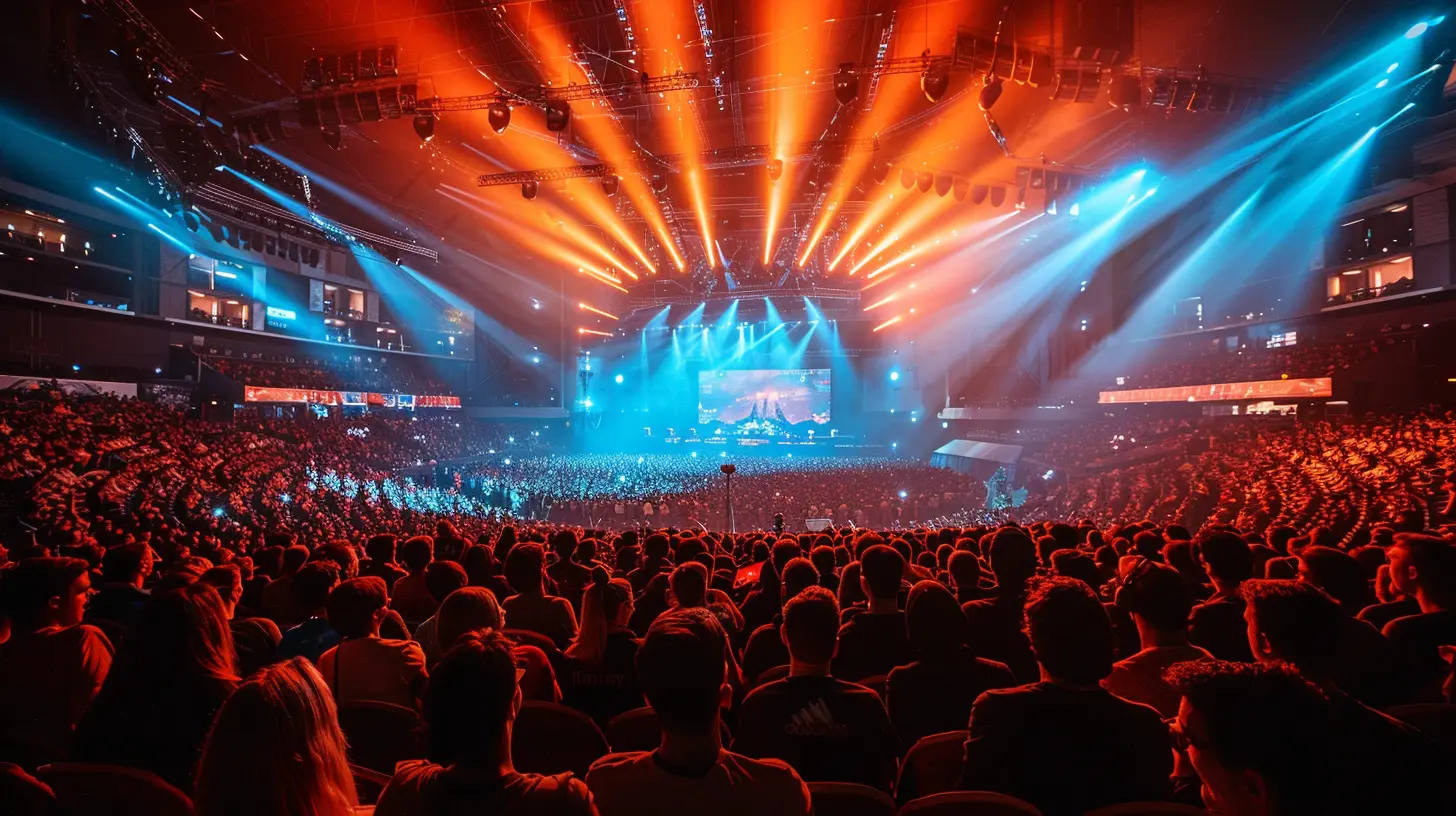
The Esports Ecosystem: More Than Just Players
But here’s the thing: esports isn’t just about the players. It’s an entire ecosystem that includes teams, coaches, analysts, content creators, and even event organizers.Teams like Team Liquid, Fnatic, and Cloud9 have become household names in the esports world. These organizations operate much like traditional sports teams, with team managers, sponsorship deals, and even fan merchandise. Some teams even have dedicated training facilities, where players practice for hours each day, honing their skills and strategies.
Then there are the coaches and analysts. These are the unsung heroes of esports. Just like in traditional sports, coaches work with players to develop game plans, review past performances, and adapt strategies on the fly. Analysts dive deep into the data, breaking down the numbers to find patterns and weaknesses in opponents' playstyles.
And let’s not forget about the event organizers. Companies like ESL and DreamHack are responsible for putting on some of the biggest esports events in the world. These aren’t small-time operations. We’re talking about full-on productions with stages, lighting, live commentators (known as casters), and massive audiences.
The Role of Content Creators and Streamers
While the players and teams might get a lot of the spotlight, content creators and streamers are also a huge part of the esports scene. These personalities create content around the games they love, from tutorials and gameplay highlights to reaction videos and live commentary.Some streamers, like Ninja and Shroud, have become so popular that they’ve transcended esports and entered mainstream pop culture. They’ve got sponsorship deals, brand collaborations, and millions of followers across multiple social media platforms. In a way, they’re the ambassadors of gaming culture to the broader public.
The Global Impact: Esports Around the World
Esports isn’t just a phenomenon in one corner of the world. It’s global. In fact, different regions have developed their own unique esports cultures.- South Korea: As I mentioned earlier, South Korea was one of the first countries to truly embrace esports. It’s a national pastime there, with StarCraft tournaments being broadcast on TV for years. South Korean players are often considered the best in the world, particularly in games like League of Legends and Overwatch.
- North America: The U.S. and Canada have seen massive growth in esports over the past decade. The establishment of professional leagues, like the Overwatch League and Call of Duty League, has brought a more structured approach to esports in North America. Big-name investors, including celebrities and traditional sports team owners, have jumped on board.
- Europe: Europe has long been a powerhouse in games like Counter-Strike and Dota 2. Countries like Sweden, Denmark, and Russia have produced some of the top players and teams in the world. European fans are passionate, and esports events in places like Germany and Poland draw huge crowds.
- China: China is another esports powerhouse. The country has a massive player base and is home to some of the most successful esports organizations. Chinese teams have consistently performed well in games like Dota 2 and League of Legends, and the country’s esports scene is heavily supported by the government and major tech companies.
The Future of Esports: Where Do We Go From Here?
So, what’s next for esports? Well, if the current trajectory is anything to go by, we’re only going to see it grow even more. With advancements in virtual reality (VR) and augmented reality (AR), we might see entire new genres of esports emerge. Imagine watching a tournament where players are competing in fully immersive VR environments — the possibilities are endless.Esports is also becoming more intertwined with traditional sports. We’ve already seen partnerships between esports teams and traditional sports organizations, like Paris Saint-Germain collaborating with Dota 2 teams. Some experts even predict that esports could one day be part of the Olympics. I mean, why not?
One thing’s for sure: esports is here to stay. What started as a niche hobby has grown into a global phenomenon, and it’s only going to get bigger from here. Whether you’re a hardcore gamer or just a casual fan, there’s no denying the impact esports has had on the world of entertainment.
all images in this post were generated using AI tools
Category:
EsportsAuthor:

Uziel Franco
Discussion
rate this article
1 comments
Candace McNaughton
Gaming transcends boundaries—dream big!
September 5, 2025 at 11:45 AM

Uziel Franco
Absolutely! Gaming fosters unity and ambition, breaking barriers worldwide.
